At the Institute of Indology, a humble new addition makes all the difference
Continuing the late Balkrishna V Doshi’s legacy, Sangath studio design a new take on the toilet in Gujarat
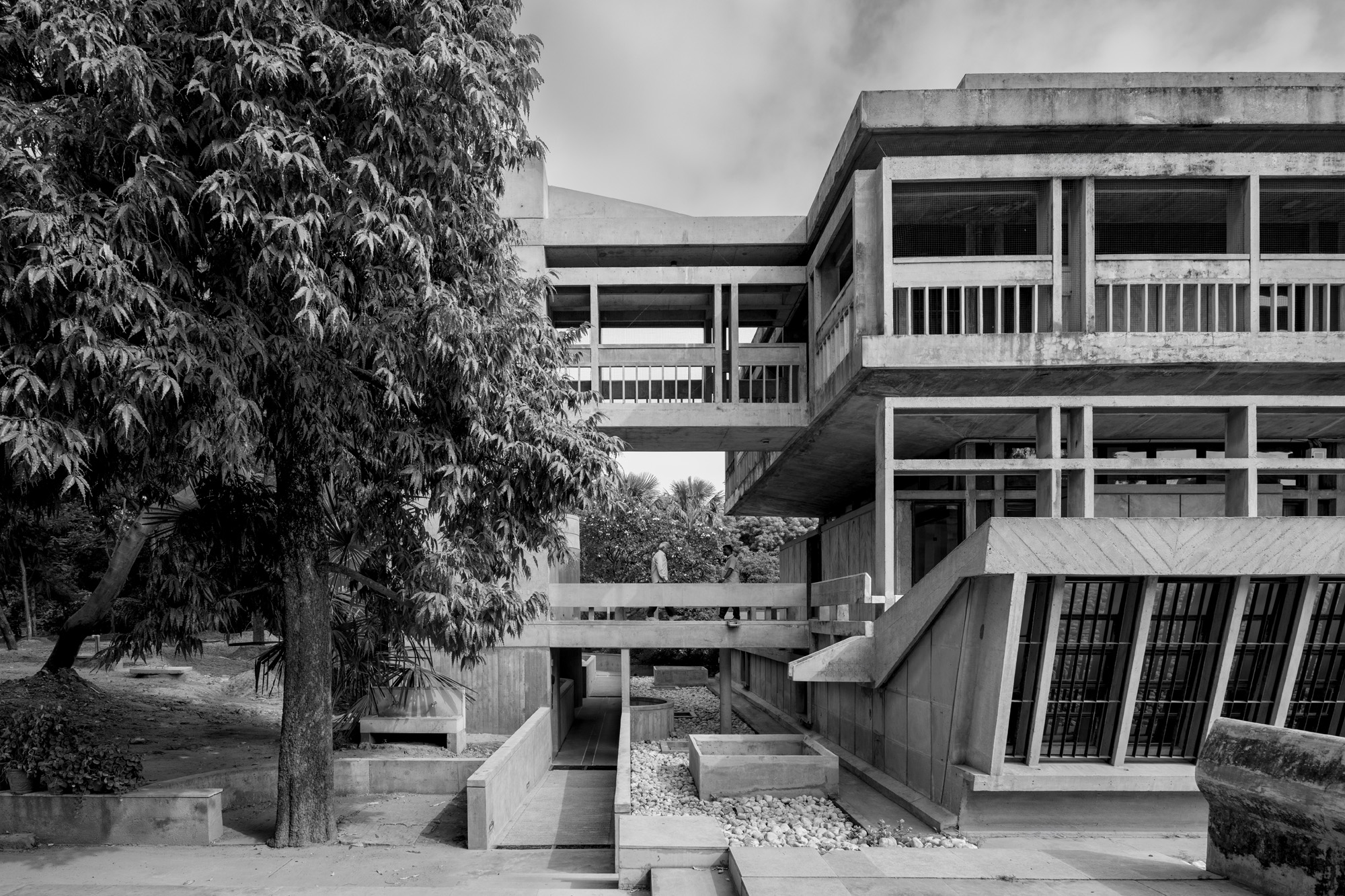
Balkrishna V Doshi was a seminal figure in Indian architecture, his career running side by side with the nation’s development since its independence in 1947. Today, his influence remains vividly alive through his modernist architecture legacy of teachings and buildings – but also through Sangath, the Ahmedabad-based studio his granddaughter Khushnu Panthaki Hoof leads with partner Sönke Hoof as a continuation of Doshi's work after he stepped back from practice. The firm is dynamically active within the country’s built environment scene. One of the practice’s newest works is a brief that might, at first, appear less glamorous than your typical private home or museum commission, yet forms a key part of daily life. Not only is it inextricably linked to our very existence as humans, but is a multilayered part of almost every building, deeply imbued with meaning and cultural significance. Drum roll, please, for the humble toilet block.
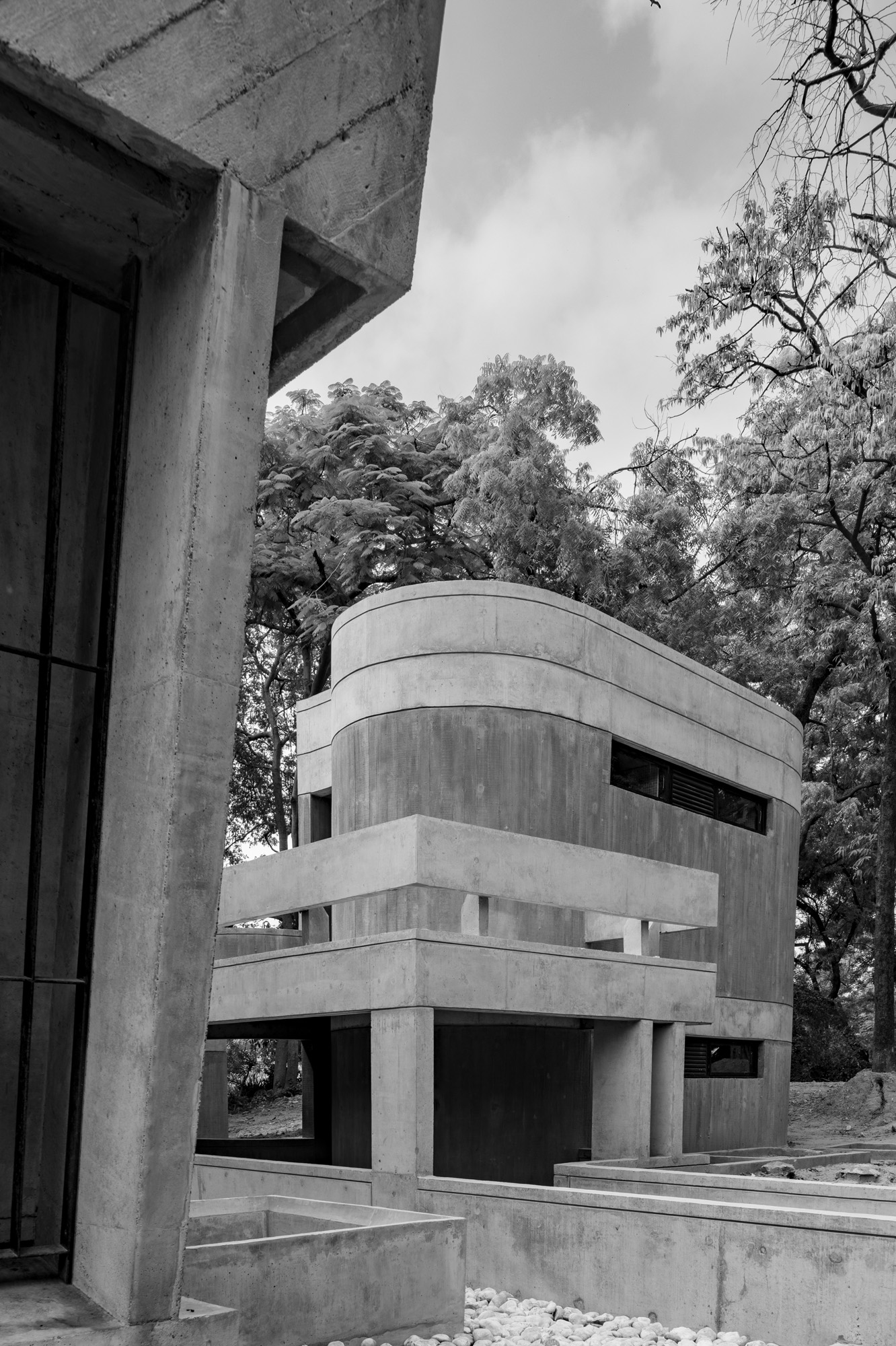
Step inside the Institute of Indology's new addition
In 2021, Sangath was called upon to add a new washroom facility to Doshi’s 1959 project, the Institute of Indology in Ahmedabad. A striking structure in raw concrete, its main rectangular block is dramatically raised from the ground level and accessed via a bridge over a moat. But as the number of activities and accessibility requirements on the upper floors of this much-loved landmark increased, so did the need for additional amenities, which would free up space in the existing building for alternative functions. Sangath architects Khushnu Panthaki Hoof and Sönke Hoof led the design.
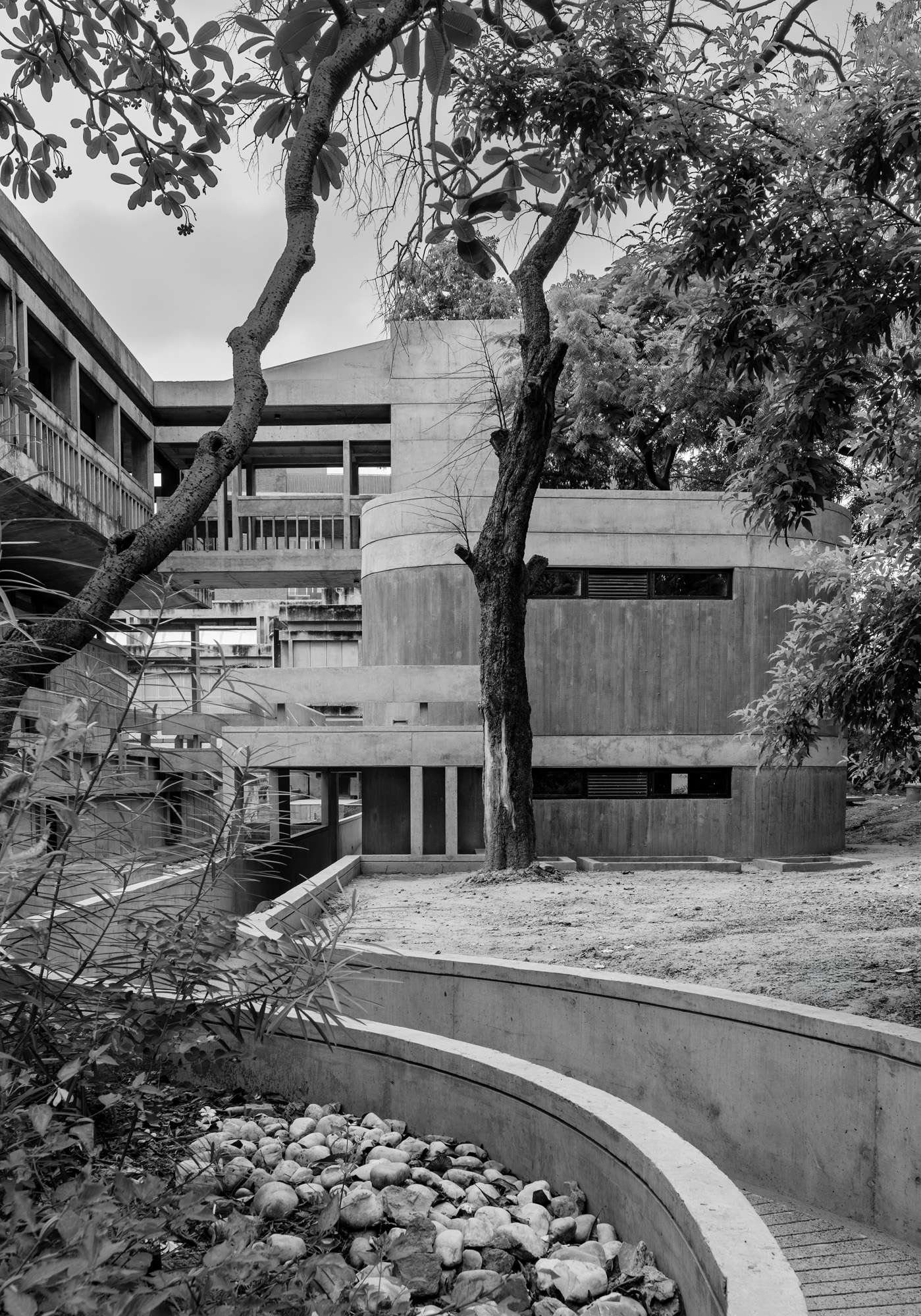
‘The task at hand was not just an addition; it was a delicate dialogue between the old and the new,’ say the architects. ‘The institution had requested a toilet block, a small workshop space, and a lift for accessibility. One of the questions we asked ourselves was how do we connect these new elements to a masterpiece without intruding on its legacy?’
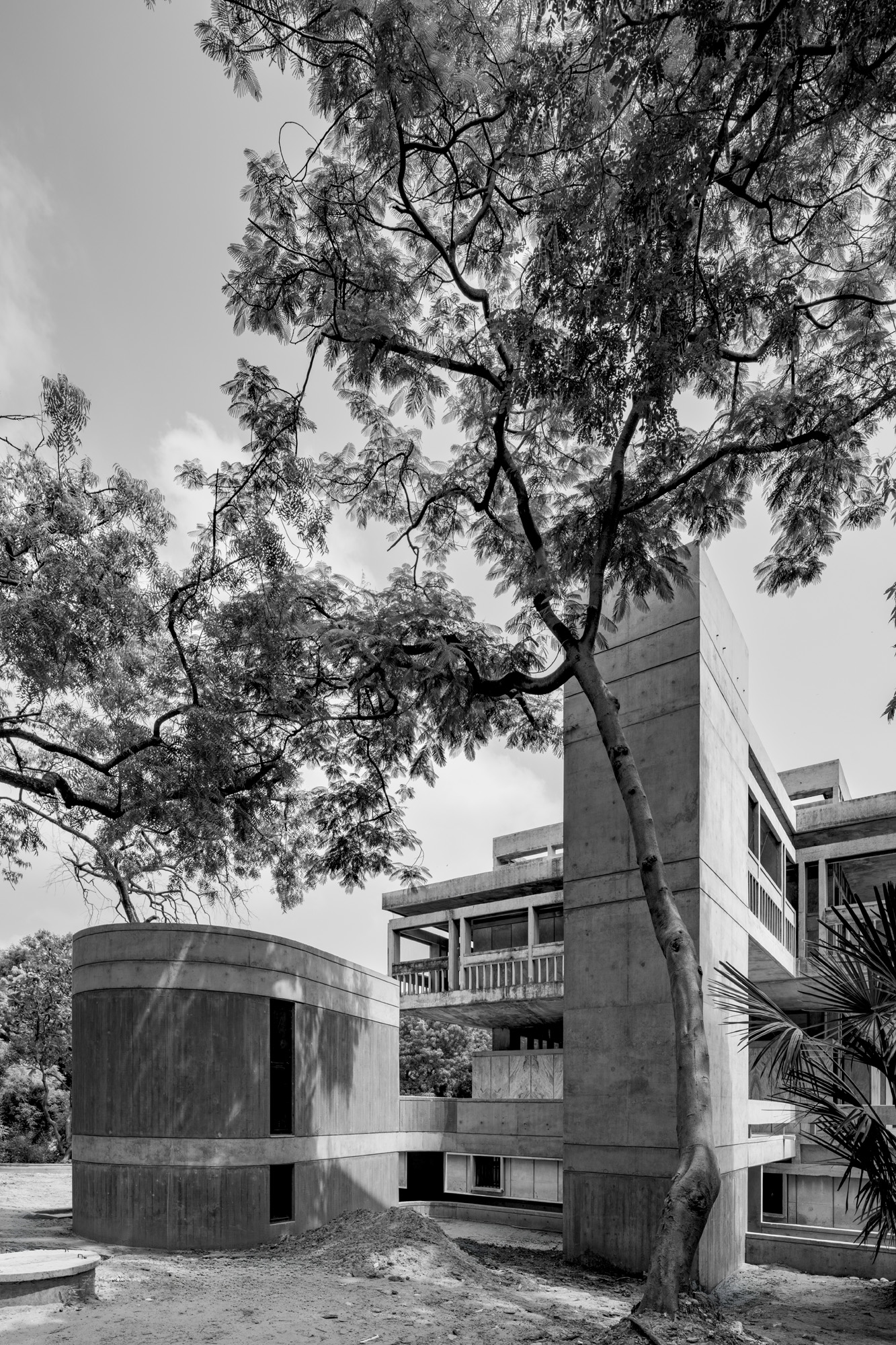
The new facility is a subtly curved volume that is linked to the existing structure via
a small bridge. Constructed in raw concrete, it echoes the original building’s materiality, while also considering its proportions and scale. Weaving seamlessly into the complex without imposing itself, the end result is both functional and contemporary, refined but discreet, even somewhat invisible, which feels like an appropriate take on the extension’s function. ‘Dayanita Singh, the photographer, was here recently and told me that maybe I should call it ‘Not just a toilet block’,’ says Panthaki Hoof. The elevated design of this addition certainly supports that.
Wallpaper* Newsletter
Receive our daily digest of inspiration, escapism and design stories from around the world direct to your inbox.
Ellie Stathaki is the Architecture & Environment Director at Wallpaper*. She trained as an architect at the Aristotle University of Thessaloniki in Greece and studied architectural history at the Bartlett in London. Now an established journalist, she has been a member of the Wallpaper* team since 2006, visiting buildings across the globe and interviewing leading architects such as Tadao Ando and Rem Koolhaas. Ellie has also taken part in judging panels, moderated events, curated shows and contributed in books, such as The Contemporary House (Thames & Hudson, 2018), Glenn Sestig Architecture Diary (2020) and House London (2022).
-
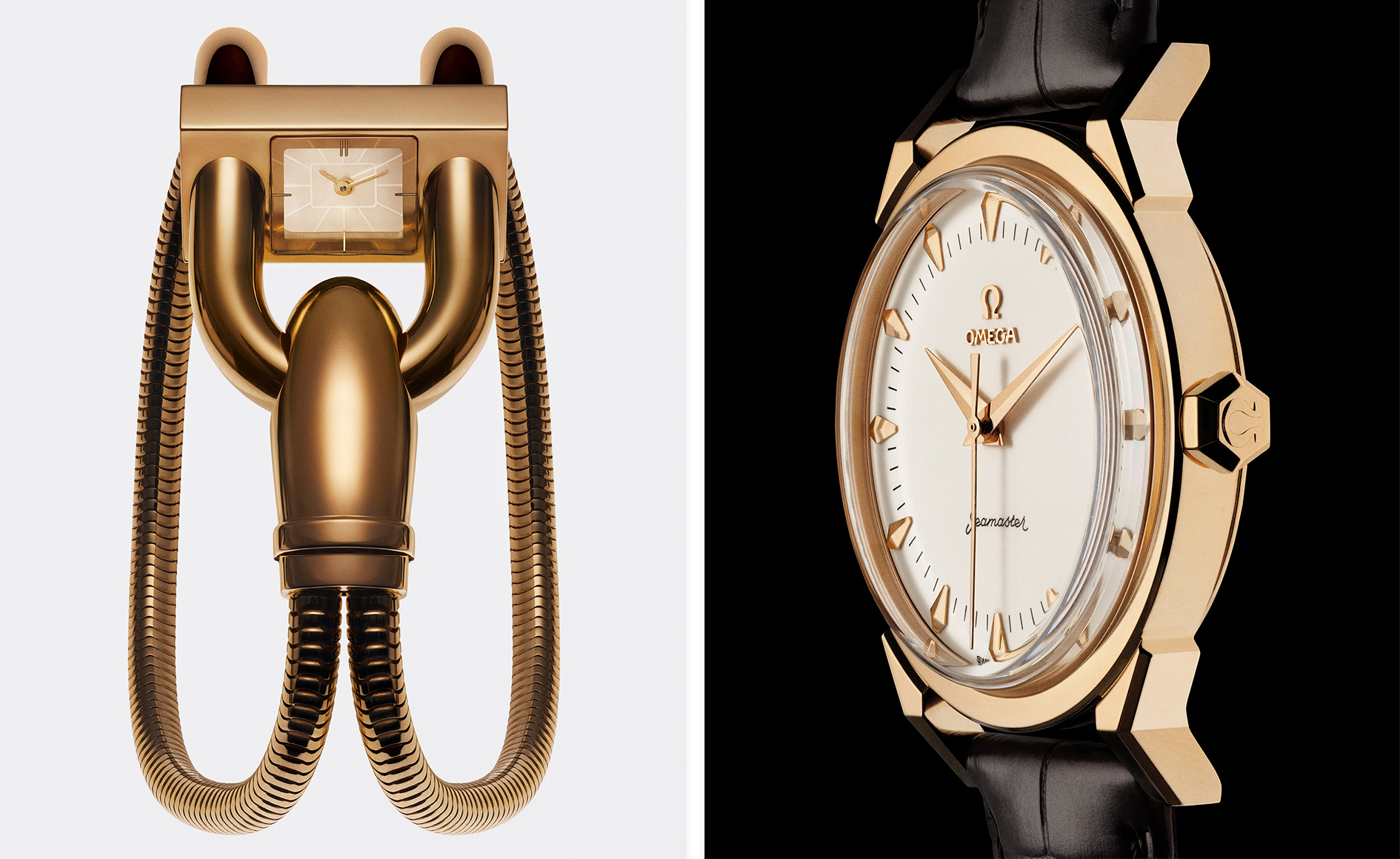 A stripped-back elegance defines these timeless watch designs
A stripped-back elegance defines these timeless watch designsWatches from Cartier, Van Cleef & Arpels, Rolex and more speak to universal design codes
By Hannah Silver
-
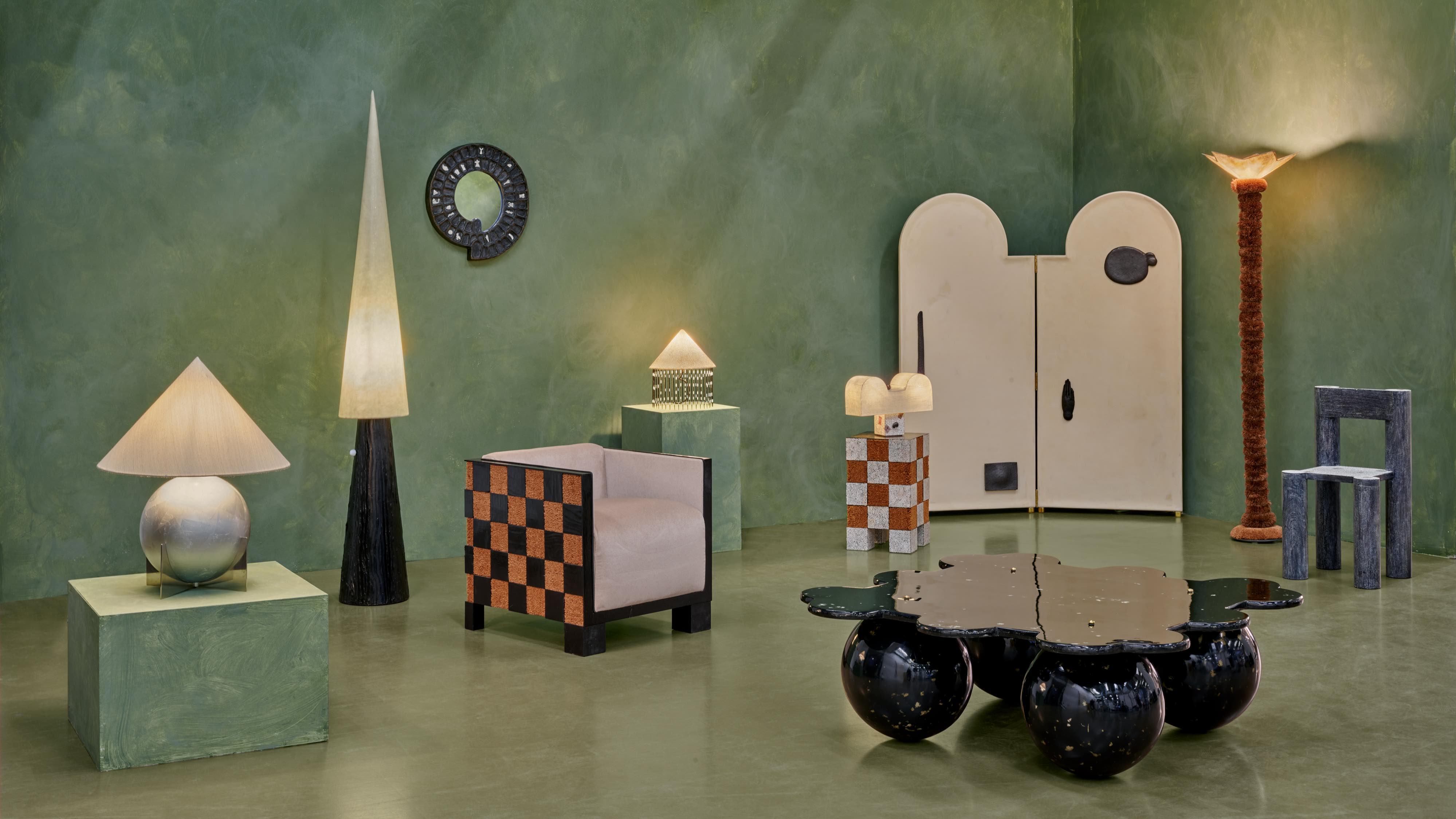 Postcard from Brussels: a maverick design scene has taken root in the Belgian capital
Postcard from Brussels: a maverick design scene has taken root in the Belgian capitalBrussels has emerged as one of the best places for creatives to live, operate and even sell. Wallpaper* paid a visit during the annual Collectible fair to see how it's coming into its own
By Adrian Madlener
-
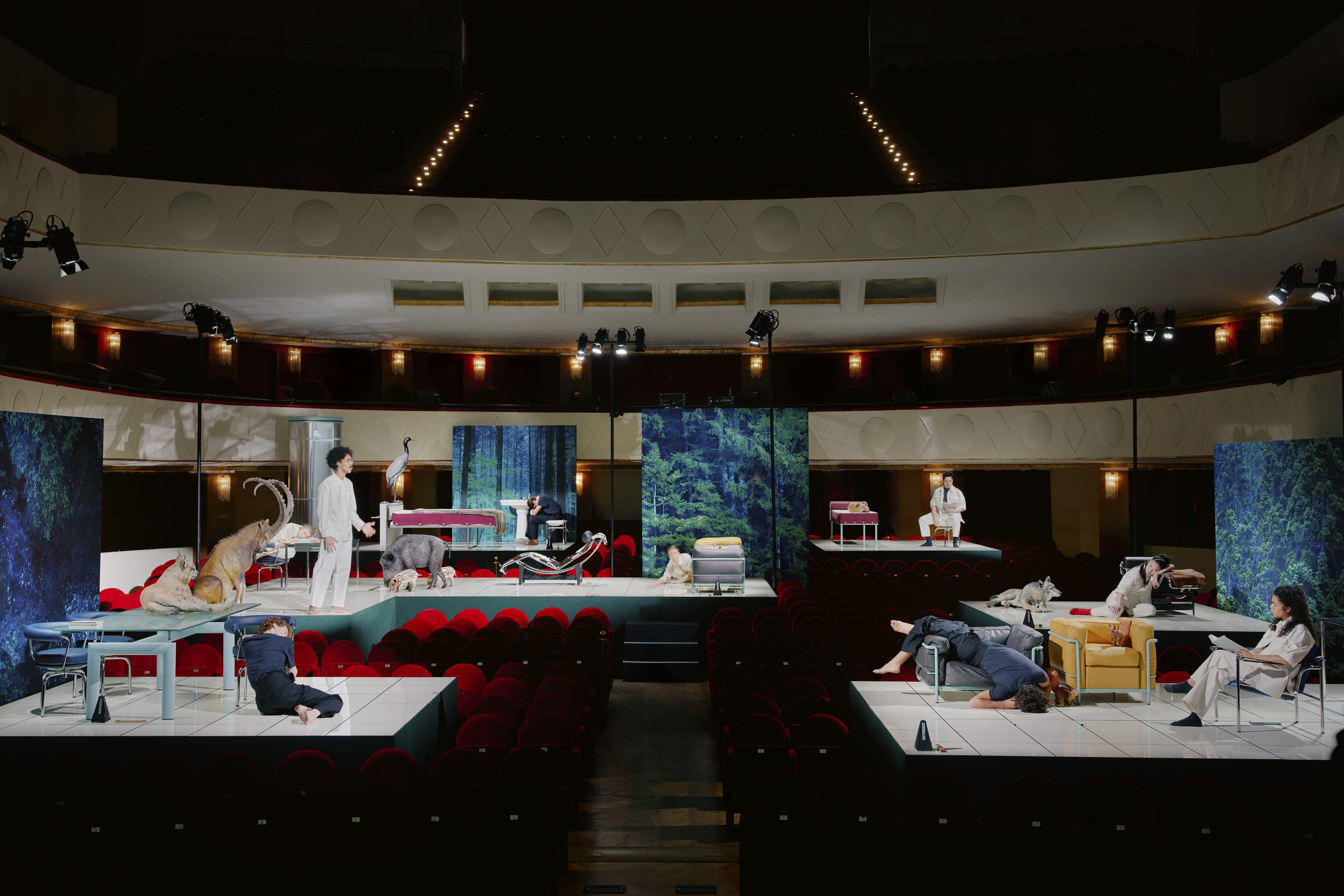 Move over, palazzos. Performances were the biggest trend at Milan Design Week
Move over, palazzos. Performances were the biggest trend at Milan Design WeekThis year, brands brought on the drama via immersive installations across the city
By Dan Howarth
-
 Croismare school, Jean Prouvé’s largest demountable structure, could be yours
Croismare school, Jean Prouvé’s largest demountable structure, could be yoursJean Prouvé’s 1948 Croismare school, the largest demountable structure ever built by the self-taught architect, is up for sale
By Amy Serafin
-
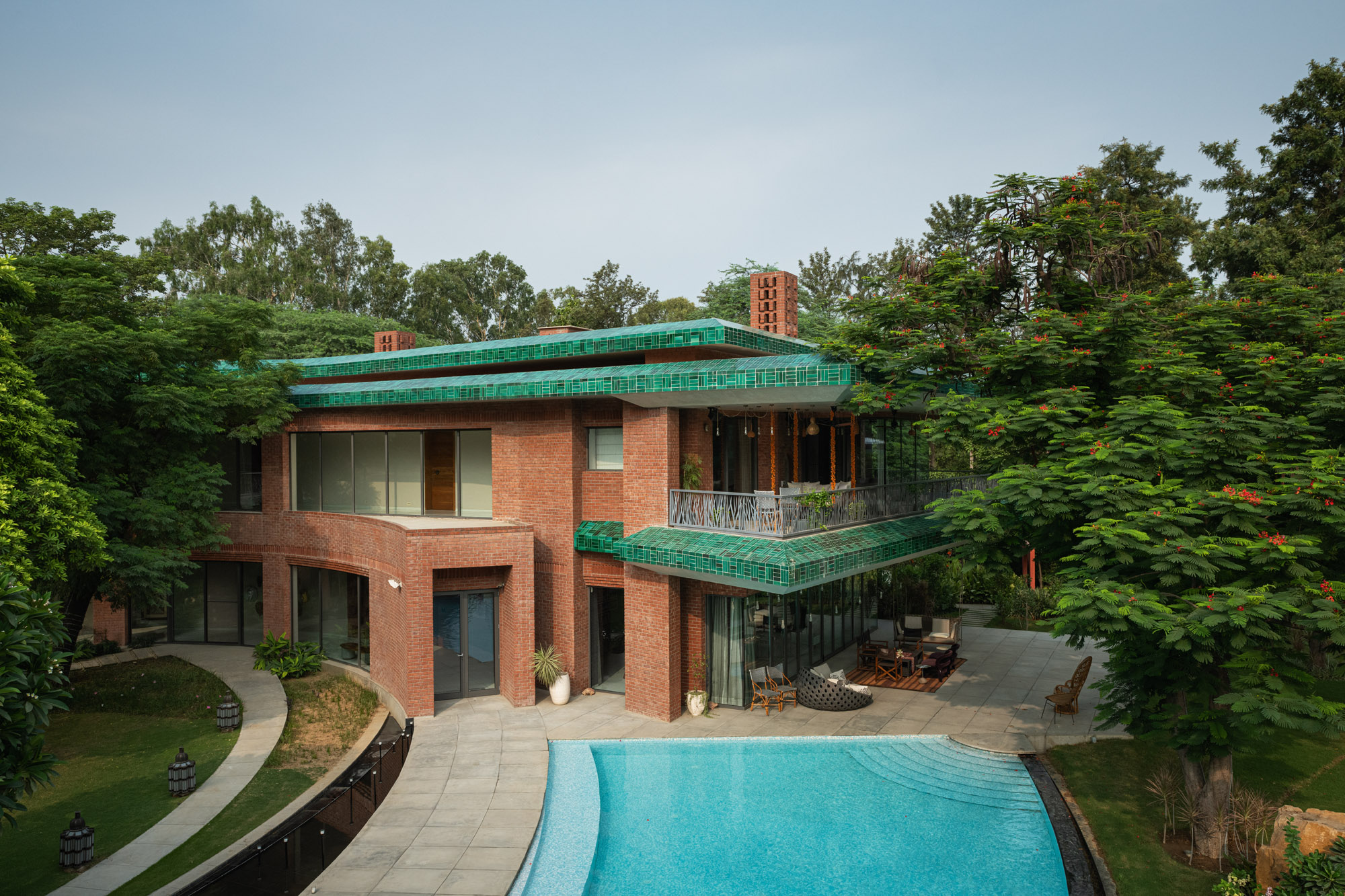 Shalini Misra’s Delhi home is a seasonal sanctuary ‘made in India’
Shalini Misra’s Delhi home is a seasonal sanctuary ‘made in India’Interior designer Shalini Misra’s retreat in the Indian capital champions modernist influences, Islamic ancestry and local craftsmanship
By Sunil Sethi
-
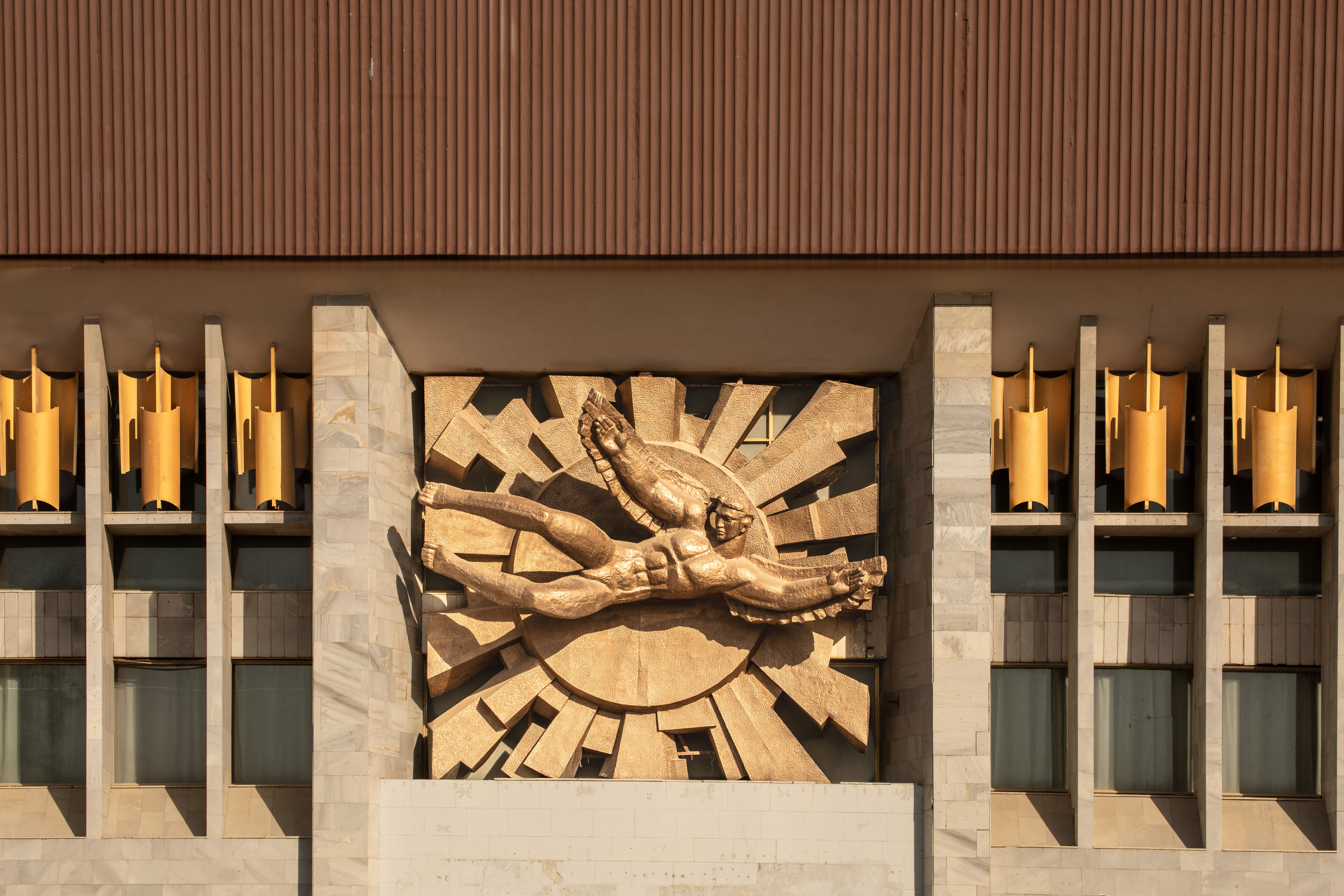 Jump on our tour of modernist architecture in Tashkent, Uzbekistan
Jump on our tour of modernist architecture in Tashkent, UzbekistanThe legacy of modernist architecture in Uzbekistan and its capital, Tashkent, is explored through research, a new publication, and the country's upcoming pavilion at the Venice Architecture Biennale 2025; here, we take a tour of its riches
By Will Jennings
-
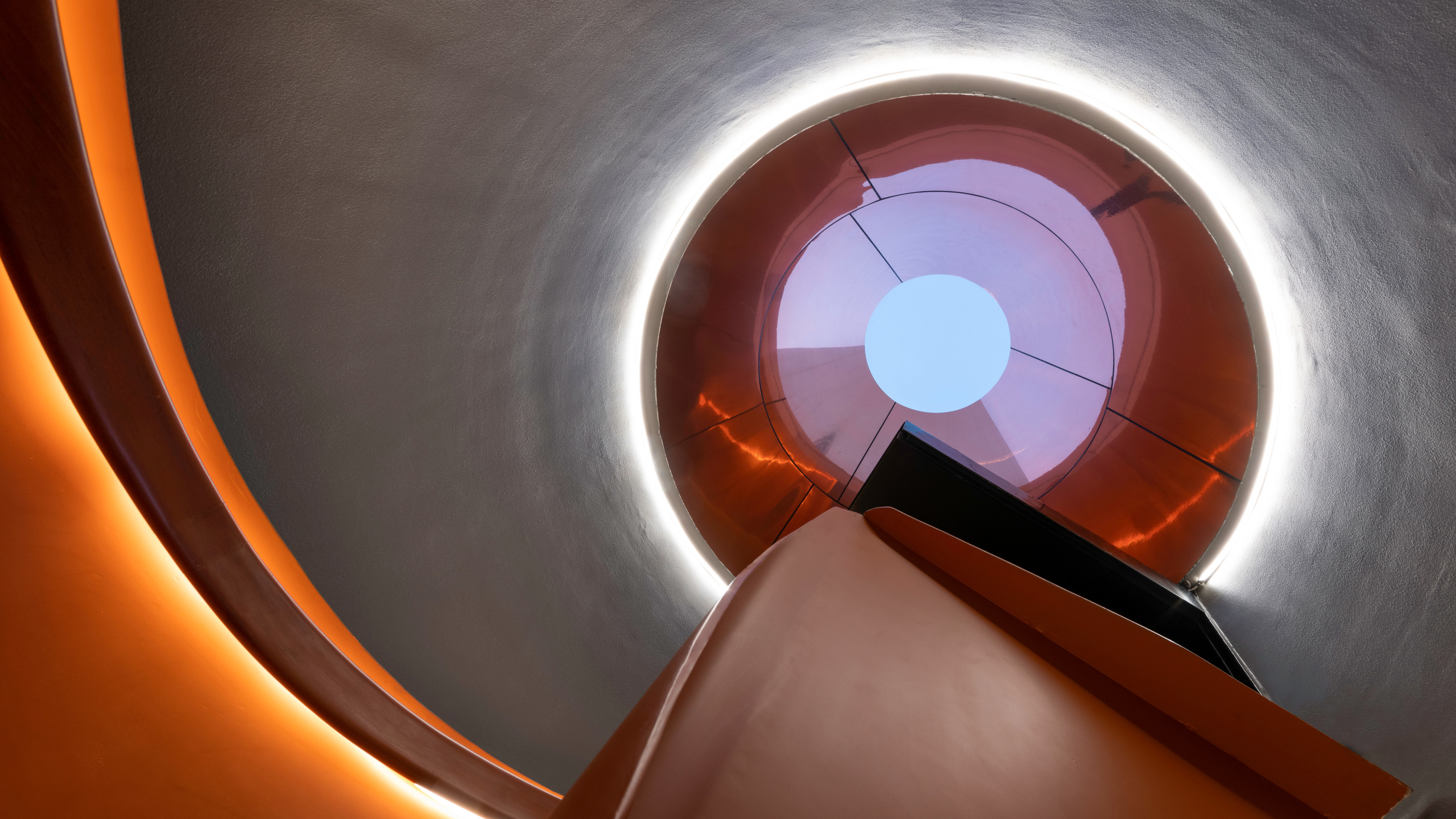 A triplex Mumbai penthouse contains sculptural staircases and expansive terraces
A triplex Mumbai penthouse contains sculptural staircases and expansive terracesEnso House is a multigenerational Mumbai penthouse by S+PS Architects that combines a reorganised interior programme with bespoke finishes and crafts
By Jonathan Bell
-
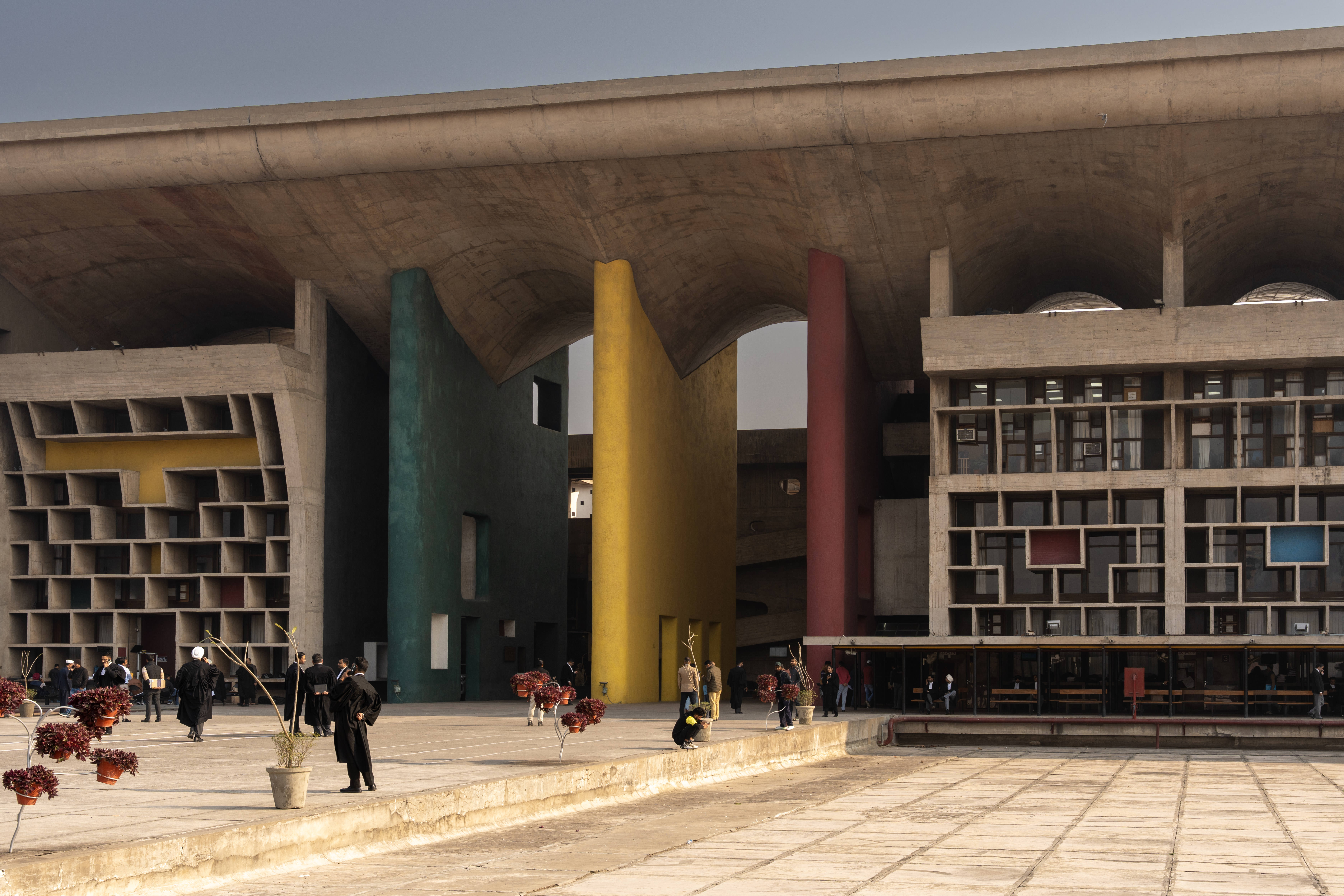 This ‘architourism’ trip explores India’s architectural history, from Mughal to modernism
This ‘architourism’ trip explores India’s architectural history, from Mughal to modernismArchitourian is offering travellers a seven-night exploration of northern India’s architectural marvels, including Chandigarh, the city designed by Le Corbusier
By Anna Solomon
-
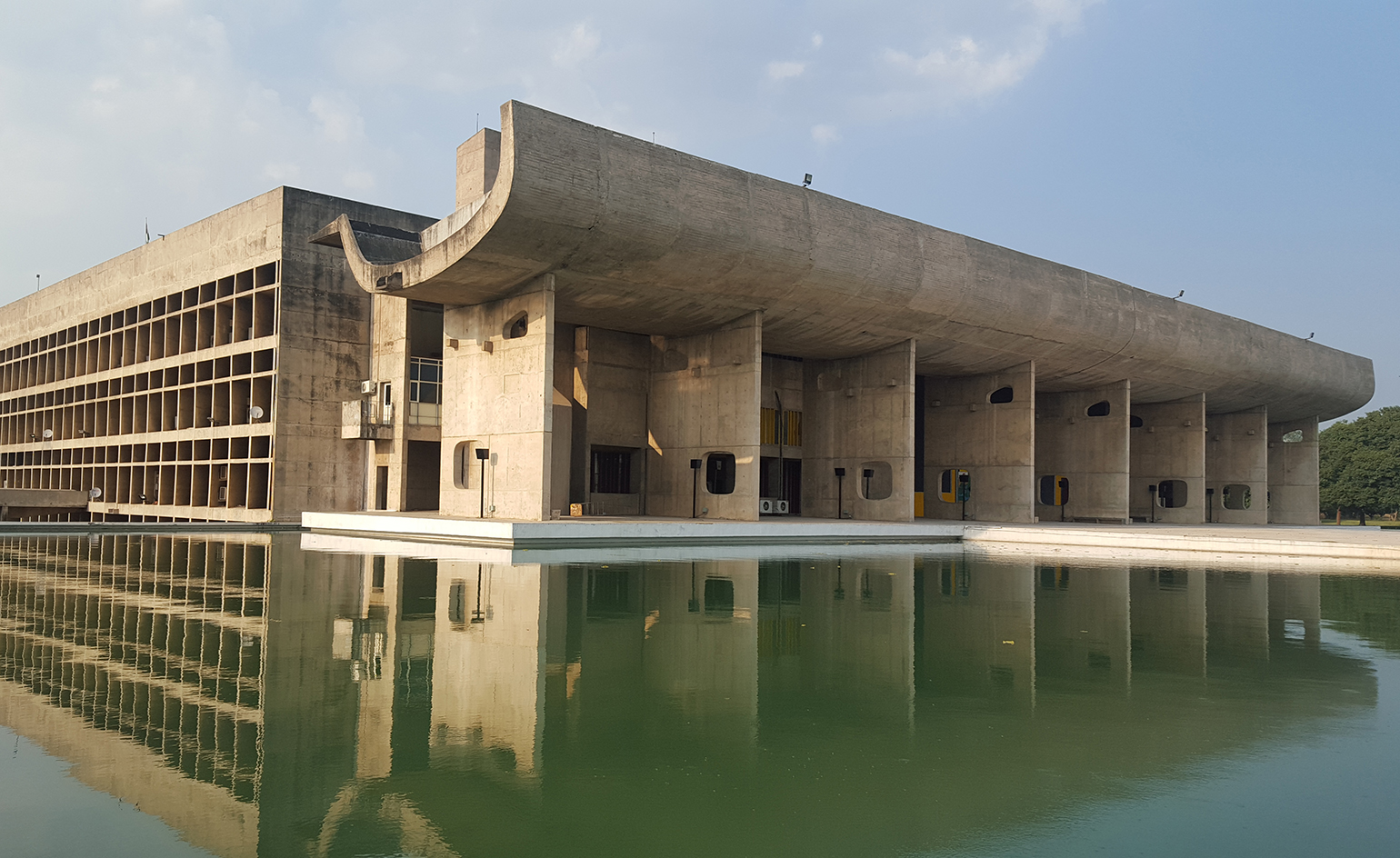 How Le Corbusier defined modernism
How Le Corbusier defined modernismLe Corbusier was not only one of 20th-century architecture's leading figures but also a defining father of modernism, as well as a polarising figure; here, we explore the life and work of an architect who was influential far beyond his field and time
By Ellie Stathaki
-
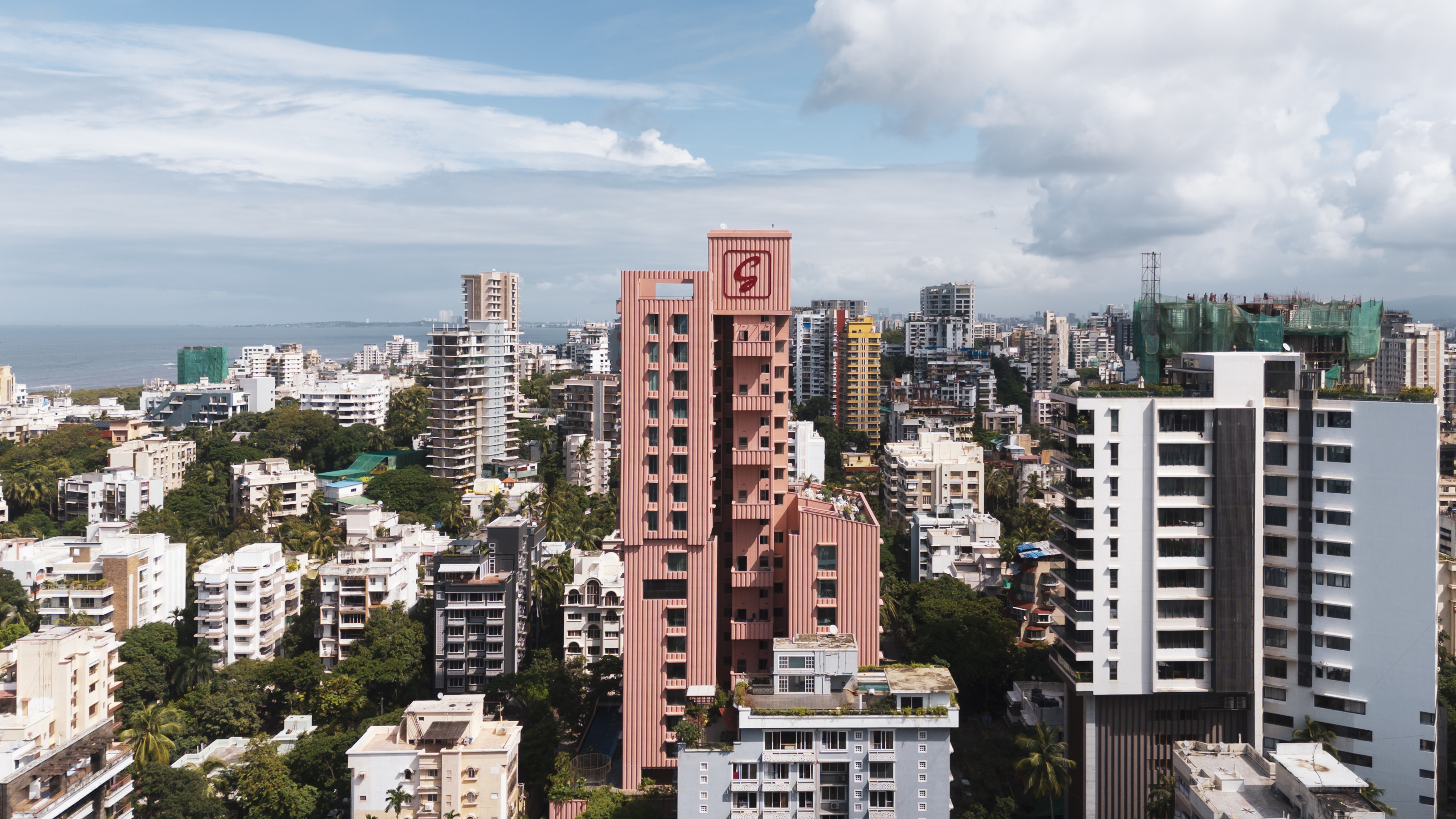 Pretty in pink: Mumbai's new residential tower shakes up the cityscape
Pretty in pink: Mumbai's new residential tower shakes up the cityscape'Satguru’s Rendezvous' in Mumbai houses luxury apartments behind its elegant fluted concrete skin. We take a tour.
By Jonathan Bell
-
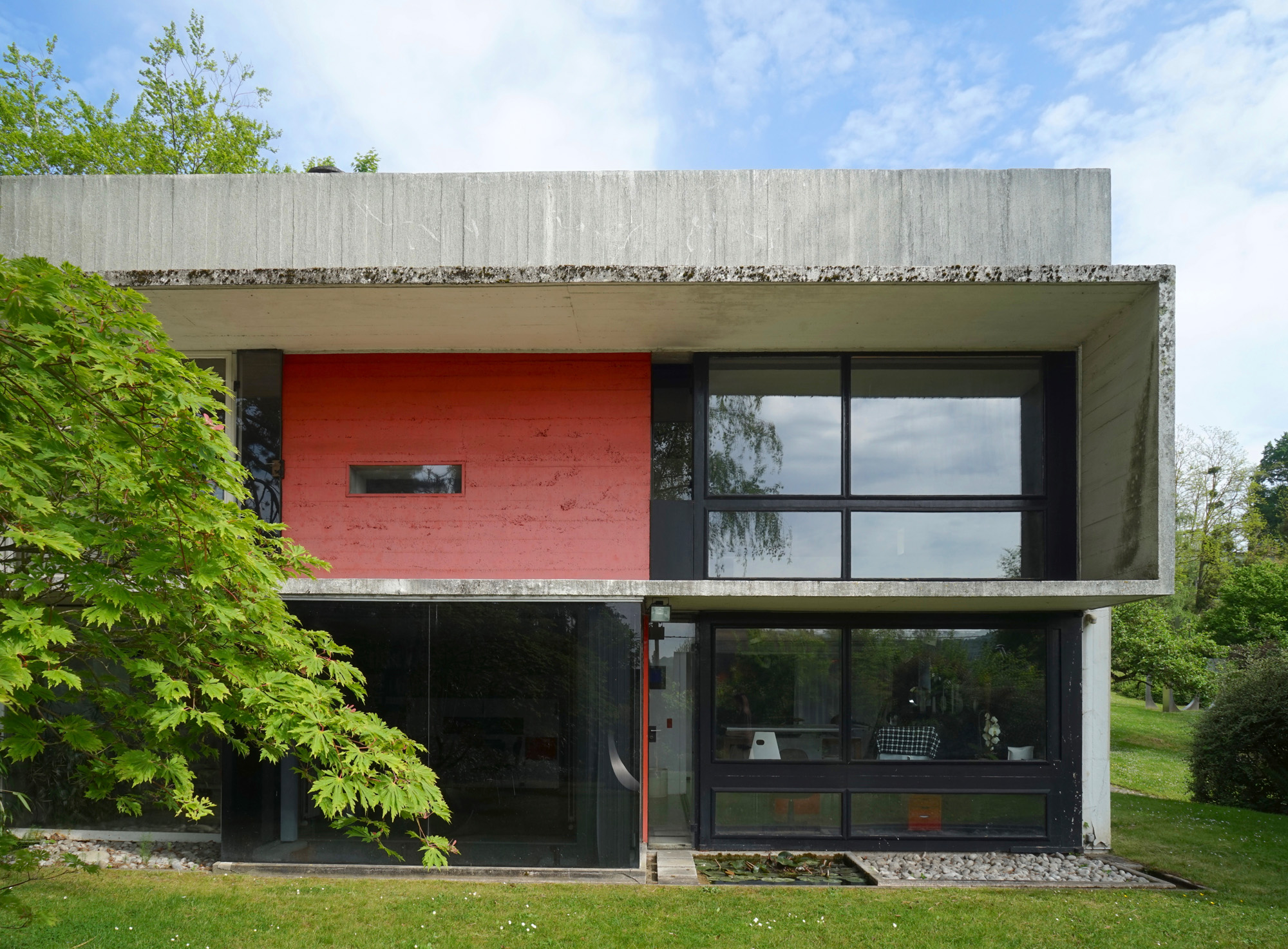 How to protect our modernist legacy
How to protect our modernist legacyWe explore the legacy of modernism as a series of midcentury gems thrive, keeping the vision alive and adapting to the future
By Ellie Stathaki